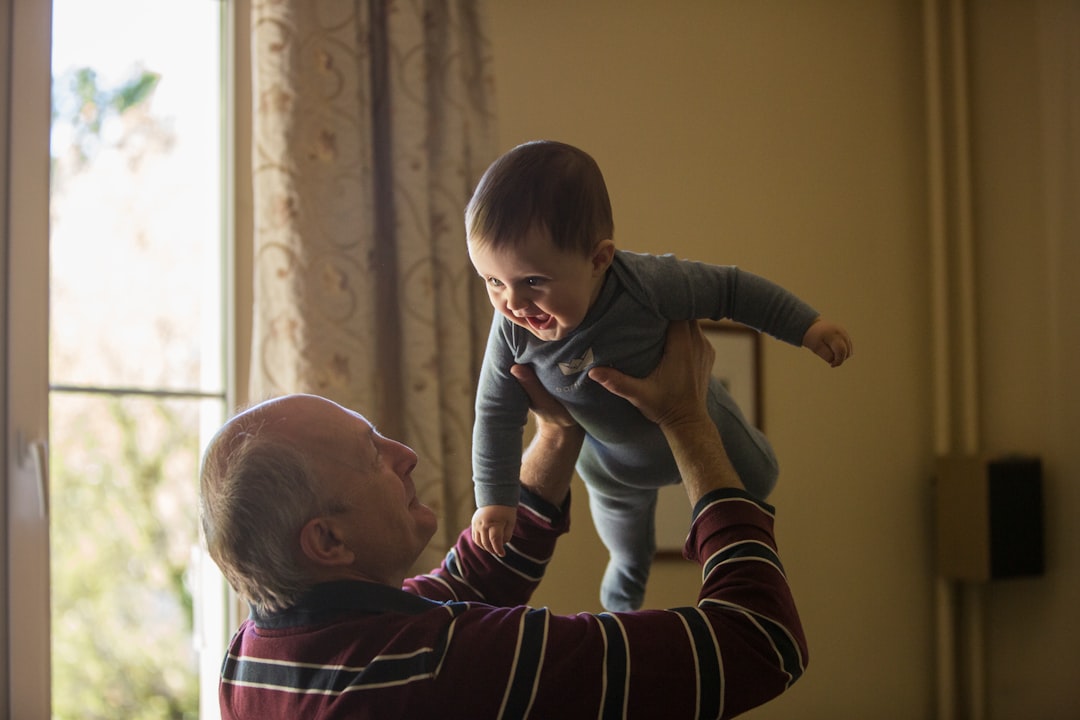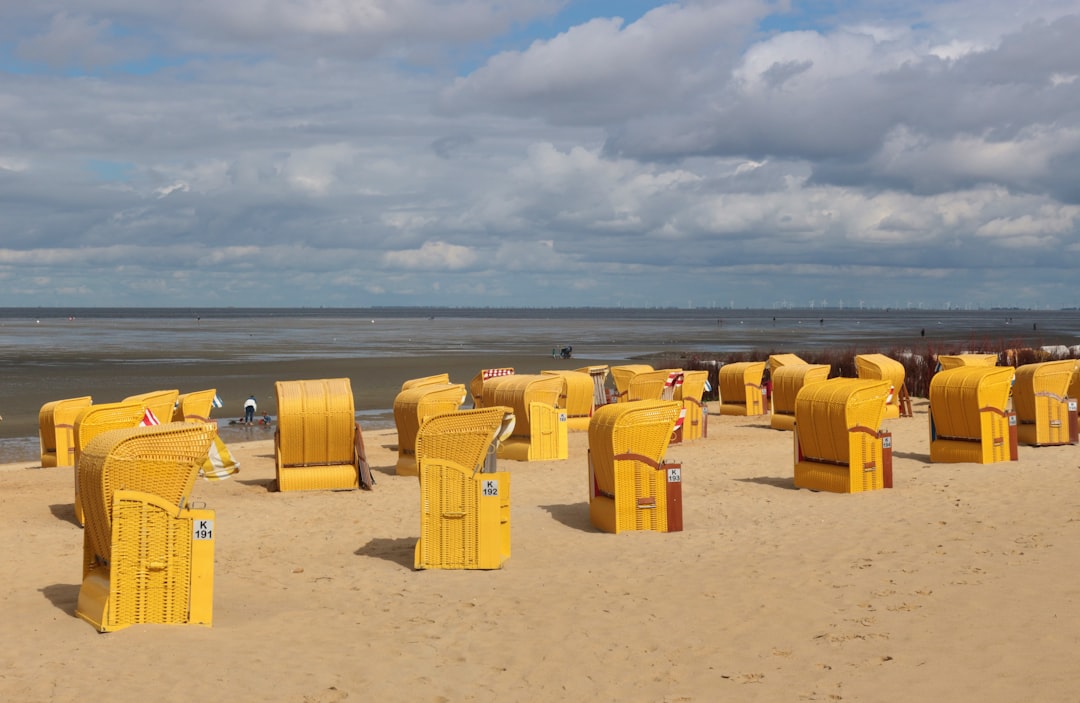What is it about?
This is on the effect of the climate change on the life history of the brown trout. We predict that the increase in winter temperatures will lead to reductions in embryo and larval development times, but these reductions might not be sufficient to compensate for the shortening of the breeding season by the same reasons. In the free-swimming stages, a reduction of the physical habitat will coincide with higher temperatures. Consequently, the simultaneous occurrence of reductions in the physical habitat of all stages of trout development and periods of poor thermal conditions may place trout populations on the verge of viability.
Featured Image

Photo by Michael Yero on Unsplash
Why is it important?
This study reveals the need to analyse the responses of both the physical and thermal habitats in each river to establish strategies for adaptation to climate change. Although the RCP 8.5 scenario could be catastrophic for brown trout populations by the end of the century in the studied rivers, the RCP 4.5 scenario could leave room to act.
Perspectives
We hope this article will give a wide sight of the conservation problem of the brown trout in its native distribution range, pointing to the address to adopt management strategies.
Dr José M Santiago
Universidad Politecnica de Madrid
Read the Original
This page is a summary of: Effects of climate change on the life stages of stream‐dwelling brown trout (
Salmo trutta
Linnaeus, 1758) at the rear edge of their native distribution range, Ecohydrology, August 2020, Wiley,
DOI: 10.1002/eco.2241.
You can read the full text:
Contributors
The following have contributed to this page










